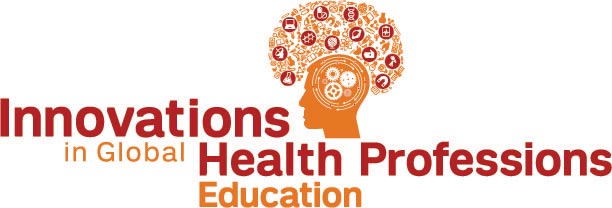Journal article types
Innovations in Global Health Professions Education (IGHPE) is open to a variety of types of article, and will entertain ideas for innovative formats. However, common article types would include:
Original research reports: Written by the researchers actually performed the piece of research described; such reports typically include original data not previously reported.
Systematic reviews/meta-analyses: A literature review that uses strict pre-established methodologies for finding original research papers and/or unpublished data, and analyzing the combined data from those resources.
Literature reviews: Surveys of existing literature that seek to describe the history, predominant themes, current state, or future directions of some area of research, practice, or scholarship.
Commentaries: Shorter items that discuss an issue with varying degrees of reference to the literature. Likely topics might include recent research or developments affecting health professional education.
Case studies: Descriptions of real-life individual situations or interventions within a given context
Article content guidelines
In the interest of clarity, reports about educational innovations should have sufficient information about the following items where relevant:
Title and abstract: In the abstract, briefly state which kind of educational innovation—a one-time intervention, a program, a recurring measure, etc.—was developed. In which context was the innovation applied? It could be geographic or learner-specific, such as for students, nurses, GPs, medical specialists, paramedics, pharmacists, among others. What was the aim of the innovation and what was achieved? Please also provide keywords for your manuscript so that it can be retrieved easily through document databases, such as MEDLINE/PubMed.
Background within health professions education: What is the theoretical background of the innovation? Why was it designed and/or applied? Are there reports that describe similar innovations?
Purpose: What are the learning objectives of the educational innovation? For example, is it a change in factual knowledge or clinical performance? How can achievement of the change be measured or quantified? Which behavior or activity of the health professional is the innovation intended to influence and/or change?
Setting: What is the local/regional background of the innovation? What is its organizational background? Who are its stakeholders? Is the innovation part of a more comprehensive program? Who funded the innovation?
General conditions: Who planned the innovation? Who taught it? What was the composition of the group of learners (age, sex, educational background)? Were there alternatives to the design of the innovation, and why was one design selected?
Formats: What kinds of educational resources were used for the innovation: simulated patients, virtual learning environments, lectures, small group work? Is the innovation a new curriculum, software, or something else? Which and how many steps does the innovation have? How far can individual steps be changed without changing the other steps or the entire innovation?
Analytical methods: How were the changes by the innovation measured? Were statistical tools or software used? In what way? Did learners evaluate the innovation? If by questionnaires, which ones were used?
Situation analysis: What was the situation before the innovation, and how did it change afterwards? Which elements and stakeholders of the situation or location helped design and apply the innovation? What were the barriers to its successful conclusion?
Outcomes: Which outcomes of the innovation were observed? What kind of impact did these outcomes have on healthcare delivery? Was the innovation applied several times, and did it change because of ‘lessons learned’ after first-time application? Were there unexpected outcomes (harms as well as benefits), and did they influence the final design of the innovation? Were there organizational changes caused by the innovation?
Summary: What is the most important aspect of the innovation? What are the recommendations for other innovators? Which elements of the innovation have relevance beyond its specific context or on a global level? Which further innovations are possible because of the implementation of the reported one? What in particular contributes to the persistent change achieved by the innovation?
Other submission types
IGHPE will consider submissions besides journal articles, including standalone images, standalone audio & video files.
